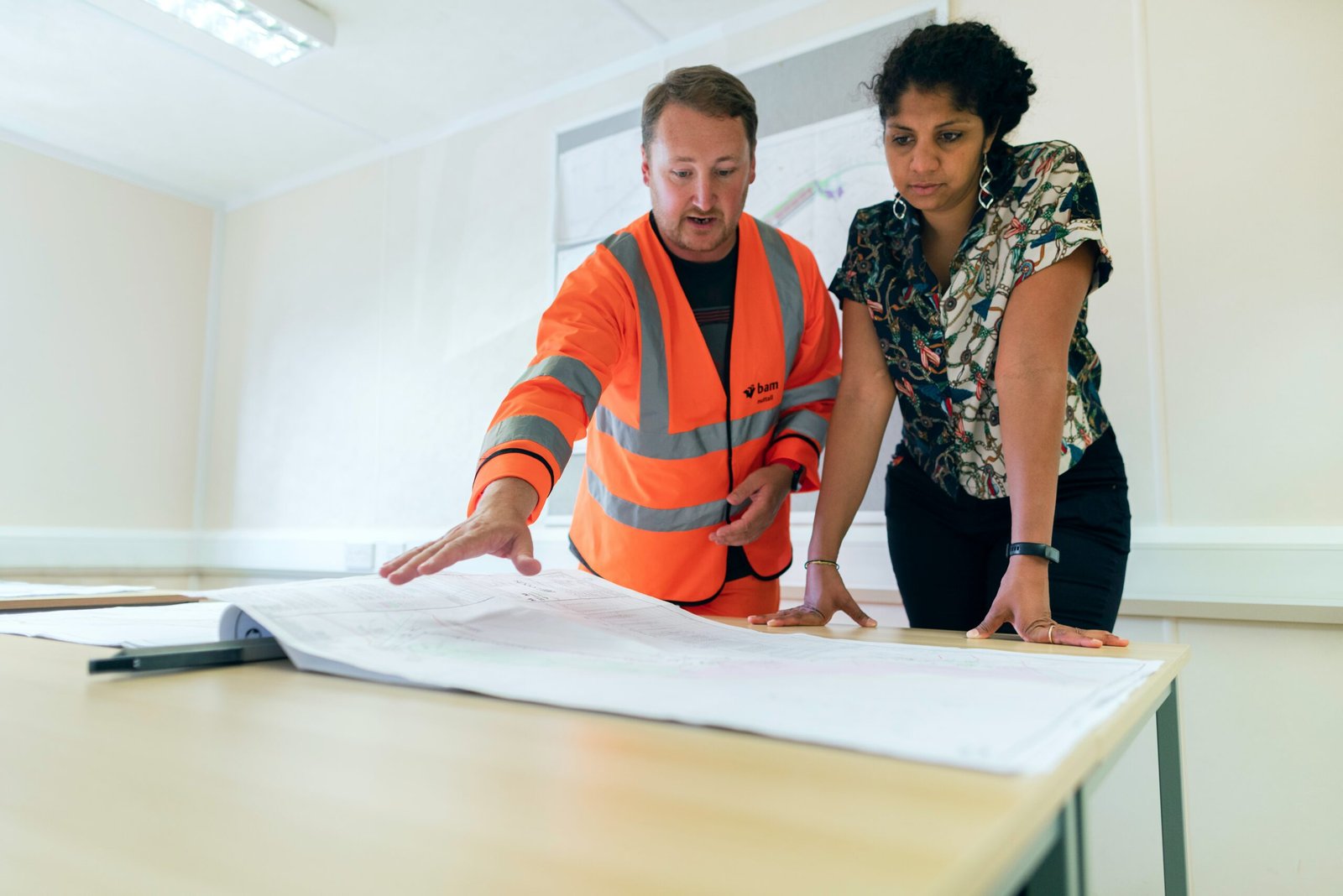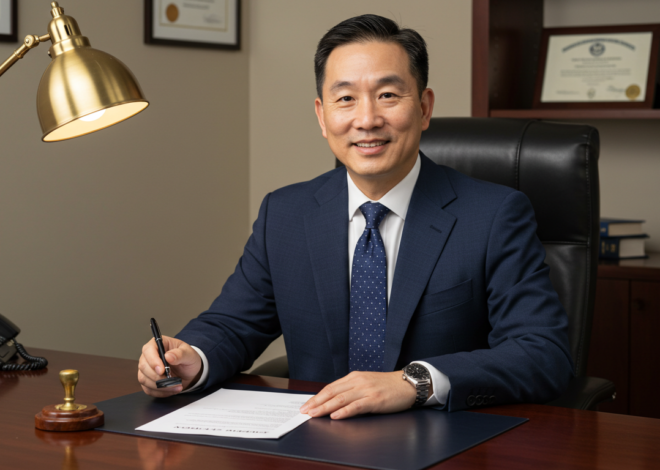
The Role of Formative Assessment in Modern Classrooms
Introduction to Formative Assessment
Formative assessment serves as a vital component in contemporary educational practices, distinguishing itself from summative assessment by fostering an ongoing dialogue about student learning. While summative assessments often evaluate student knowledge at the end of an instructional period, formative assessment is designed to monitor progress during the learning process. This distinction underscores the formative assessment’s primary purpose: to provide real-time feedback, enabling instructors to adjust their teaching strategies based on student understanding and performance.
The essence of formative assessments lies in their ability to create a dynamic and responsive learning environment. They include various methods, such as quizzes, reflections, peer assessments, and class discussions, which gather insights into students’ grasp of the subject matter. These assessments are not merely a tool for grading but a means for instructors to identify learning gaps and adapt their methodologies accordingly. This constructive feedback loop benefits both educators and students by encouraging continuous improvement and promoting a culture of learning.
In the context of modern classrooms, the role of formative assessment has evolved alongside advancements in educational technology and pedagogy. With the rise of digital tools and online learning platforms, formative assessments have become more interactive and engaging. Instructors can leverage immediate data analysis to tailor lessons to meet diverse student needs. This shift towards a more student-centered approach signifies a broader educational trend, emphasizing the importance of adaptability and responsiveness in teaching practices based on formative insights.
As we delve deeper into the intricacies of formative assessment, it is crucial to recognize its significance as a facilitator of effective teaching and learning experiences. The growing emphasis on formative assessment demonstrates an acknowledgment of its role in cultivating a more personalized and effective educational journey for students.
The Importance of Feedback
Feedback is a vital component of formative assessment, playing an essential role in the educational process. It serves as a bridge between the teaching and learning experience, providing students with timely insights into their performance. Effective feedback is not merely a summary of results; it is a constructive tool that can significantly enhance learning outcomes when delivered specifically and promptly. When students receive well-structured feedback about their strengths and weaknesses, they can adjust their learning strategies accordingly, leading to improved academic performance.
One of the primary benefits of timely feedback is its ability to motivate students. When learners understand how to build upon their current skills and knowledge, they are more likely to engage in the learning process. This encouragement fosters a sense of ownership over their educational journey, paving the way for resilience and self-directed improvement. Furthermore, when feedback is offered in a supportive manner, it contributes to a positive classroom environment that nurtures overall student well-being. A culture of feedback encourages open communication between teachers and students, ultimately leading to stronger relationships and enhanced trust.
To maximize the impact of feedback through formative assessment, educators should focus on several key strategies. First, feedback should be specific and detailed, clearly outlining what students did well and where they can improve. This actionable information guides learners on the path to mastery. Second, providing feedback regularly helps to keep students informed of their progress, making them more aware of their abilities and areas for growth. Lastly, engaging students in self-assessment processes encourages them to reflect on their learning and develop critical thinking skills. By implementing these strategies, educators can create an enriching educational environment that promotes continuous growth and understanding, crucial for student success.
Strategies for Implementing Formative Assessment
Formative assessment plays an integral role in enhancing the learning experience in modern classrooms. To effectively implement formative assessments, teachers can utilize a variety of strategies tailored to meet the needs of their students. One approach is the use of quizzes. These short, unobtrusive assessments can be administered frequently to gauge student comprehension and identify areas needing improvement. Teachers might consider digital platforms that allow for immediate feedback, enhancing the learning process through timely interventions.
Another valuable strategy is the incorporation of peer assessments. This technique fosters a collaborative learning environment where students can reflect on their own understanding while providing constructive feedback to their classmates. By learning to assess their peers, students deepen their grasp of the subject matter and develop critical thinking skills. It is essential that teachers guide this process to ensure feedback is meaningful and focused on learning objectives.
Self-assessments can also be a powerful tool in formative assessment. Encouraging students to evaluate their own progress helps them take ownership of their learning. Teachers can facilitate this by providing clear learning goals and criteria for success, allowing students to gauge how well they meet these standards. Such strategies promote metacognition and assist students in recognizing their strengths and weaknesses.
Additionally, observational assessments provide insights into student engagement and understanding. Teachers can systematically observe students during activities, noting their participation levels and interactions. This method allows for real-time adjustments to instruction, ensuring that lessons remain relevant and impactful. To seamlessly integrate these formative assessments into lesson plans, teachers should align each strategy with specific learning objectives, ensuring that assessments are not an afterthought but a vital component of the educational process.
The Role of Technology in Formative Assessment
The advent of technology has fundamentally transformed the landscape of formative assessment in modern classrooms. Traditional assessment methods, which often relied on paper-and-pencil evaluations, have evolved significantly due to the introduction of innovative tools and applications that facilitate real-time feedback and engagement. This shift towards technology-enhanced formative assessment not only streamlines the process but also enriches the learning experience for both educators and students.
One prominent example of this transformation is the integration of online surveys and polls. Educators can now quickly gauge student understanding and attitudes through platforms that allow for instant responses. This immediate feedback loop enables teachers to adjust their instructional strategies on-the-fly, ensuring that students’ needs are met in real time. Furthermore, educational applications have emerged as powerful resources for conducting interactive quizzes and assignments. These tools not only foster active participation but also offer immediate performance insights, helping teachers identify areas needing attention.
Learning management systems (LMS) play a vital role in this context as well. These comprehensive platforms provide a centralized space for conducting formative assessments, tracking student progress, and facilitating communication. The use of LMS allows educators to analyze data analytics efficiently, showcasing trends in student performance over time. Armed with this information, teachers can make informed decisions regarding curriculum modifications and individualized support. This data-driven approach fosters a more tailored learning environment, where instruction can be adapted to the specific needs of each student.
Overall, technology serves as a catalyst for enhancing formative assessment practices in educational settings. By leveraging various digital tools, teachers can deliver more effective feedback while promoting student engagement. This harmonious blend of technology and pedagogy not only elevates the assessment process but also contributes significantly to student achievement and growth.
Creating a Student-Centered Classroom
Formative assessment plays a pivotal role in establishing a student-centered classroom by fostering an environment that prioritizes the learners’ needs and encourages their active participation in the educational process. Through the implementation of regular feedback mechanisms, educators can tailor their teaching strategies to meet the diverse learning styles and preferences of their students. This personalized approach not only facilitates comprehension but also empowers students to take ownership of their learning journeys.
One key aspect of formative assessment is its ability to promote self-reflection among students. By engaging in assessments that solicit their thoughts and opinions about their understanding of the material, students become more aware of their strengths and areas for improvement. This self-assessment fosters a growth mindset, encouraging learners to set personal goals and strive for excellence in their academic pursuits. Moreover, when students reflect on their progress, they are better positioned to embrace challenges and view setbacks as opportunities for learning.
Additionally, formative assessment cultivates collaboration among peers, enhancing the social dynamics of the classroom. Group assessments and peer feedback activities not only help students learn from one another but also build essential communication skills and foster a sense of community. In this environment, students are motivated to share insights and support each other, which significantly enriches the learning experience. Collaborative tasks encourage varying perspectives, reinforcing the notion that learning is a collective endeavor where students can rely on each other to progress and succeed.
Ultimately, the integration of formative assessments leads to a more engaging and dynamic classroom environment, where students are encouraged to take an active role in their education. This student-centered approach not only improves academic outcomes but also nurtures lifelong learners who are capable of critical thinking and self-directed learning.
Challenges and Misconceptions
Formative assessment plays a crucial role in modern classrooms, yet it is often accompanied by various challenges and misconceptions that can impede its effective implementation. One of the primary barriers faced by educators is time constraints. Teachers frequently express concerns that the incorporation of formative assessment practices will require additional time during already packed lesson plans. However, it is important to recognize that formative assessments can be seamlessly integrated into daily instructional activities. Utilizing quick assessments, such as exit tickets or peer assessments, can provide valuable insights without significantly disrupting the flow of teaching.
Another significant challenge is the lack of adequate training and resources for teachers. Many educators report feeling unprepared to implement formative assessment strategies effectively, leading to reluctance in adopting these methods. Professional development programs aimed specifically at formative assessment techniques can greatly enhance teachers’ confidence and competence. By providing hands-on training and ongoing support, schools can foster a culture that values continuous feedback and reflective teaching practices.
In addition to these logistical challenges, misconceptions about the purpose of formative assessments often arise. For instance, some educators may view formative assessments solely as a tool for grading students rather than a means to inform instruction. This misunderstanding can lead to the implementation of assessments that merely serve to quantify student performance, rather than genuinely enhancing learning outcomes. Formative assessments should instead be perceived as opportunities for real-time feedback that guides both teaching and learning. Clarifying these misconceptions and emphasizing the developmental aspect of formative assessment can help shape a more favorable view among educators.
By addressing these challenges and misconceptions surrounding formative assessment, educators can better harness its potential to improve student learning and engagement in modern classrooms.
Best Practices for Educators
Implementing formative assessment effectively in modern classrooms requires a thoughtful approach that aligns with learning objectives. Educators should ensure that their assessments are closely tied to what they aim to achieve through instruction. This alignment helps in gauging students’ understanding of key concepts and determining whether teaching methods are effective. By clearly defining learning objectives and embedding them in formative assessments, educators can provide targeted feedback and support students’ progress in a meaningful way.
Diversity in assessment methods is also crucial to capture the varying strengths and capabilities of students. Different students understand and demonstrate their learning in unique ways, so an array of assessment formats—such as quizzes, projects, group discussions, and digital portfolios—can provide a more comprehensive picture of student achievement. By employing varied methods, educators can engage students more effectively, encouraging multiple forms of expression and understanding, thus minimizing bias in assessment.
Moreover, being adaptive to student needs is a fundamental principle of successful formative assessment. This involves ongoing evaluation of student progress and modifying instructional strategies based on individual learning requirements. Educators should actively seek feedback from students about their learning experiences, which can illuminate areas where they may struggle and inform adjustments to teaching practices. This responsive approach fosters a supportive learning environment where students feel valued and understood.
Lastly, cultivating a culture of continuous improvement within the classroom is vital. Educators should encourage students to view assessment not as a mere grading tool but as an integral part of the learning process. Regular reflections, goal-setting, and discussions about progress can aid students in taking ownership of their learning. By embedding formative assessment into everyday practice, educators can create a dynamic classroom environment that encourages growth and development for both students and themselves.
Case Studies and Success Stories
In recent years, several educational institutions have successfully implemented formative assessment strategies, leading to notable improvements in student performance and engagement. One particularly illustrative case is a high school in California that integrated formative assessment practices into its math curriculum. By utilizing frequent quizzes, interactive peer assessments, and responsive teaching techniques, educators identified students’ misconceptions early on. This approach enabled teachers to tailor their instruction to meet individual learning needs, resulting in a significant increase in average test scores by 15% over one academic year.
Another compelling example comes from a middle school in New York, where formative assessments were employed to enhance literacy among struggling readers. Teachers incorporated regular one-on-one reading assessments and collaborative group discussions to gauge student comprehension. Feedback was immediate and focused, giving students opportunities to reflect on their understanding and set achievable goals. Consequently, the school noted that 80% of participating students showed measurable growth in their reading levels, which highlighted the effectiveness of ongoing assessment in tailoring instruction and fostering student agency.
In a more diverse setting, a primary school in an urban area utilized formative assessment to improve student engagement in science classes. The educators implemented project-based learning alongside continuous feedback mechanisms, such as self-assessments and peer reviews. As students engaged in hands-on scientific inquiries, their ability to articulate their thought processes and evaluate their work enhanced dramatically. This method not only increased student motivation but also helped build essential critical thinking skills. After one year, teacher evaluations indicated a marked improvement in classroom dynamics and student participation.
These case studies illustrate the wide-ranging benefits of formative assessment across different educational contexts and grade levels. By focusing on formative assessment, educators can create responsive learning environments that significantly enhance student success and teacher effectiveness.
Future Trends in Formative Assessment
The landscape of education is continuously evolving, particularly in the realm of formative assessment, which plays a crucial role in enhancing student learning outcomes. The future of formative assessment is likely to be shaped by several emerging trends, including the integration of personalized learning paths, advancements in artificial intelligence, and the adoption of adaptive learning technologies. These innovations have the potential to fundamentally transform the way educators assess student understanding and tailor instruction accordingly.
Personalized learning paths are becoming increasingly feasible due to the availability of educational data and technology. By leveraging information about individual student performance and learning styles, educators can design assessments that align with each learner’s unique needs. This individualized approach not only fosters deeper engagement but also provides timely feedback, allowing students to take ownership of their learning journey. As a result, formative assessments are anticipated to become more relevant and effective in addressing the diverse capabilities of learners in modern classrooms.
The role of artificial intelligence in formative assessment is also gaining traction. AI tools can analyze vast amounts of data in real-time, offering insights into student learning patterns and predicting areas where support may be needed. This timely intervention enables educators to adjust their teaching strategies proactively. AI can facilitate the creation of dynamic assessments that adapt to the student’s level of understanding, thus enhancing the overall assessment experience. Such technological advancements promise to provide educators with actionable data to inform their instructional practices and support students more effectively.
Furthermore, adaptive learning technologies are set to revolutionize formative assessment by delivering customized content tailored to individual learners. These systems continually assess a student’s progress and adjust the complexity of tasks in real-time, ensuring that each student is challenged appropriately. As the education sector continues to embrace these innovations, the potential for formative assessment to play a pivotal role in promoting a more personalized and responsive learning environment will become more pronounced. In conclusion, the future trends in formative assessment signal a shift towards a more nuanced and effective approach to evaluating student understanding, ultimately fostering improved educational outcomes.


